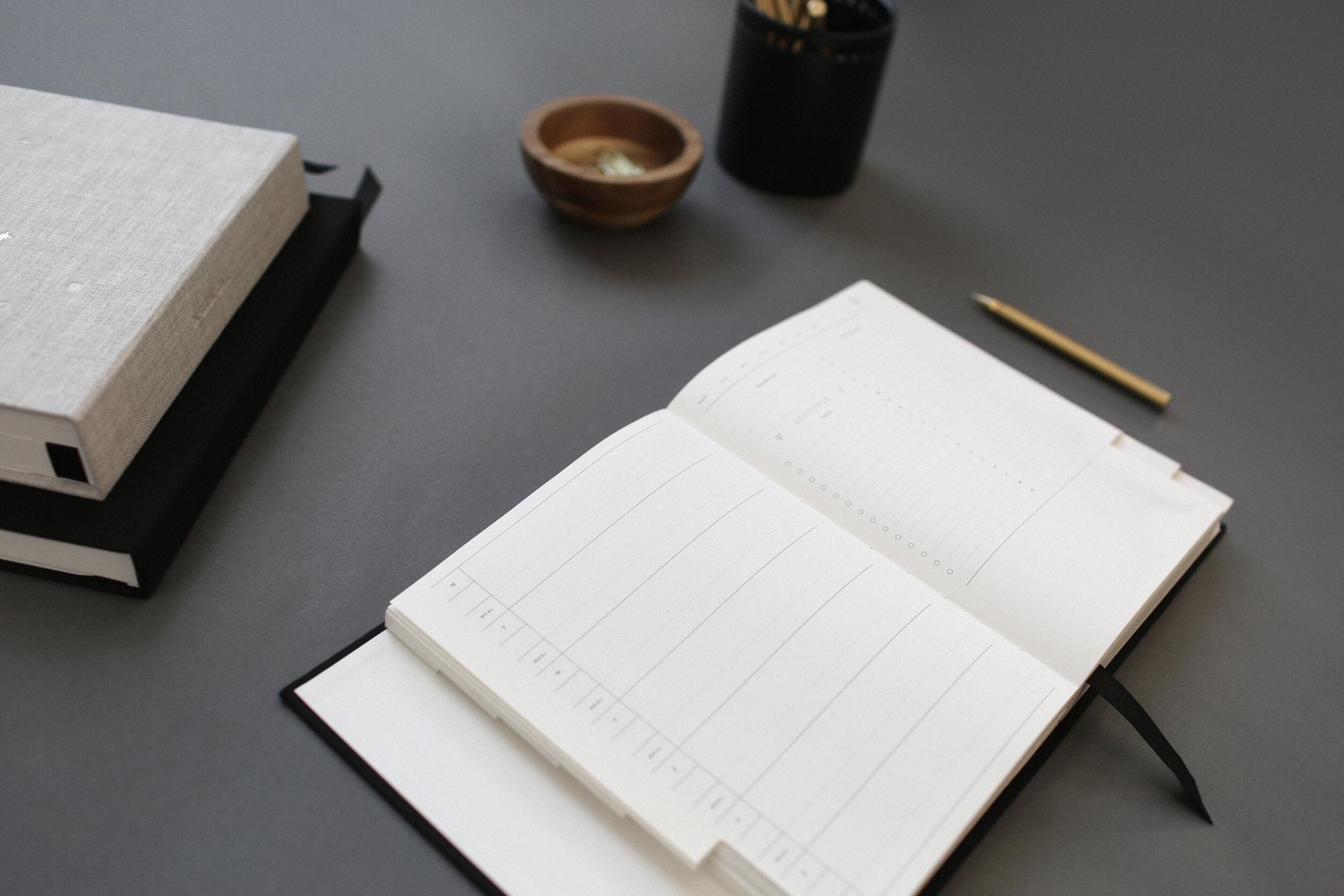Tips to Save Blogging Time

2017.07.07
Creating unique blogs chock-full of high-quality content can be extremely time-consuming. The time spent researching, planning, and executing a blog post definitely, adds up. Even after you’ve put in the time to research and write a blog post, you still need to promote and market the content. When it’s all said and done, your blogs can eat up a serious amount of your personal time.
Unless you have the resources to hire a writing team, it’s likely you’re the only source for content. You can’t clone yourself, there are only 24 hours in a day, and lowering quality standards is never a solid idea.
In an ideal situation, you’d have an abundance of time to create your blog’s content casually, but deadlines and strategic goals always seem to demand that you produce pieces at a rapid pace. If you’re like the majority of bloggers, you also have to find a way to fit in your day-to-day life and job on top of all of these restrictions.
So here are a few blogging tips that can save you time when you sit down to write. Incorporate these time saver tips into your routine, and you’ll be a mean, lean, blogging machine.
Have a Specific Place to Store Your Ideas
Blog writers often spend a good chunk of their time trying to think of their next blog idea. A creative dry spell can strike at any point in the writing process, and this is often common when brainstorming for topics.
Some of the best ideas seem to appear out of thin air when you’re doing other things, like jogging or cooking dinner. Have a place you can capture or store these ideas so that when you sit down to write your next blog you’re already ahead of the game. This will prevent you from spinning your wheels for countless minutes or even hours when you first set out to write.
Small notebooks that fit in purses, pockets or car consoles work very well for this. You can also start a series of notes in your smartphone, as you’re likely to have this close by the majority of the time.
Whatever the method, just have a place you can jot down an idea as it strikes you. This isn’t the time to be super critical of your thought process. As a potential idea hits, simply collect it in your notebook or phone and revisit it later to review, edit, and develop.
Create an Outline for Each New Post
Outlines are like maps for your blog. Without them, you may still end up where you’d like to be, but it’s much easier if the route is laid out before you depart.
Don’t leave out the structure of your blog and the path you intend to walk your readers through. When you let the things take their course, the absence of a clear plan can leave you to meander. Meandering only adds to your blogging time and you should avoid at all costs, so be sure to outline your idea.
Great outlines lay the foundation for a great blog. A solid blog outline will layout and briefly detail the major parts of your piece. Your personal style can dictate how you go about this and may include bullets, a flow chart, or simple lists.
You should include brief snippets about what you will cover in your opening, body, and closing sections:
- Your opening typically gives a brief rundown of the idea of the blog.
- The body dives into your topic in detail and gives an explanation.
- The closing recaps and includes some call to action.
By laying out the structure, sequence, and main points of each of these sections, you’ll save loads of time, and your writing will be much more efficient.
Set a Schedule for Writing
You’ll want to develop some sort of writing schedule. This is among the hardest time saver tips for some writers to follow, but it doesn’t have to be rigid or restrictive.
The idea is to sit down to write at the times when you feel most productive. Most writers have felt the pain of sitting down to write only to stare blankly at their white laptop screen. By scheduling your writing time, you can take advantage of the times of day when you do your best work.
Observe your writing habits and try to lay out a time to write when you’re at your peak in terms of creativity and energy levels. Avoid times of the day when distractions are more likely.
Try to write in the same place, or at least in a similar atmosphere, each time. If you write at your office desk or in a certain chair, reserve this space for writing only. As you begin to develop a habit, your brain will start to recognize that it’s time to write each time you enter the space.
Utilize Free Writing
Of all the tips to save blogging time out there, this one addresses an issue that strikes at the heart of writers everywhere: writer’s block. You may be struggling with getting your thoughts out onto the page. Many writers waste precious time dealing with creative exhaustion.
Maybe you’re struggling to stay on your word count for the day or source enough information for your topic. Whatever the reason, a creative block can be a vicious cycle that seems impossible to break. Use free writing to push through these moments.
When writing using this technique, you simply let your thoughts flow and type without stopping for typos or second guesses. The idea is to get all of your thoughts on the page, unstifled by self-criticism or inhibition.
It’s safe to say that your work will need a good dose of editing when you finish. However, some of the ideas that come to you when you free yourself from your inclination to self-edit as you go will surprise you.
Eliminate Distractions
Speaking of distractions, they’re the root of all evil when it comes to productive blog writing. Cell phones, email, television, and unannounced visitors all massively add to your blogging time.
If you’re serious about cutting down on your writing time, eliminate these as soon as possible. This should probably be at the top of the “How to Not Waste Time” list for any activity, but it’s especially true for blogging.
Remove anything that diverts your attention from your writing space:
- Put your phone away.
- Turn off the television.
- Let your friends and family know that you’re only available for emergencies during your writing time.
Of all the time saver tips, this may be one of the most difficult, but it’s definitely worth the sacrifice. As the distractions fade, you’ll notice your focus intensify. Your writing will flow much easier.
Use Tools to Save Blogging Time
The ability to use tools is one of the things that separate humans from most other animals.
Take advantage of the writing tools available. These tools can increase your productivity and greatly lower your blogging time.
- Write or Die is a motivation tool. While the name sounds dramatic, this tool can be a great help if you constantly procrastinate on writing pieces. Write or Die allows you to set a specific amount of time you want to write. You also set a particular consequence should you stop writing within that time frame. If you walk away from the keyboard before your time is up, you’ll be penalized with anything from a loud buzzer to a complete removal of your completed work.

- Omm Writer is designed to help you remove addictive distractions. If you’re constantly drawn away from your work by Twitter or online games, this is the perfect tool for you. Omm Writer opens in full-screen mode and blocks all of the potential distractions that may arise on your laptop. Once you’re shielded from all attention grabbers, you can zone in on your writing. The application also allows you to create a Zen-like atmosphere with soothing colored backgrounds and sounds.

- Book-in-a-week.com is a community-based website that allows you to connect with other writers as you set out on your journey to create. While the name suggests that the site is geared toward novelists, writers of all kinds are welcome. The site’s slogan is BIC HOK TAM, which stands for “butt in chair, hands on the keyboard, typing away madly.”

The idea of the site is to set a word count goal for a designated week. You submit your goal to the community before you begin your week as a way to create accountability. You also benefit from the interaction with writers going through the same process, as ideas are exchanged.
These tips to save blogging time are just a few of ways you can optimize your blog writing process. The key is to create a system that works for you and keeps you dialed in creatively. Once you’ve tapped into this zone, the content will flow easily onto the page.
As you begin to focus on how to not waste time in your writing, you’ll likely develop new blogging tips and tactics of your own. Once you become comfortable with your system, you’ll find your time spent writing is more productive and enjoyable.






